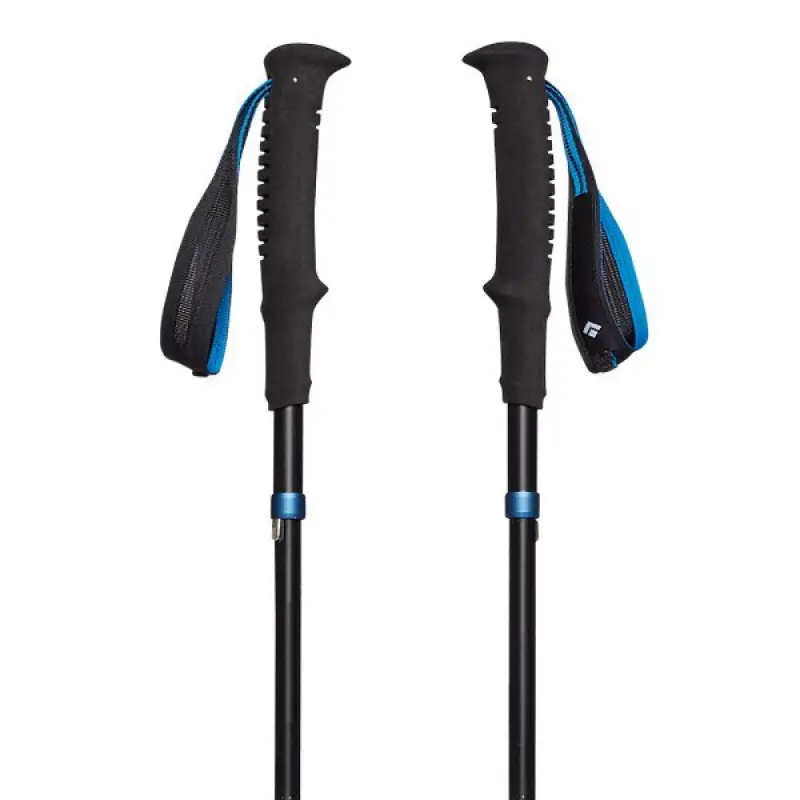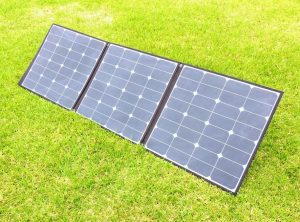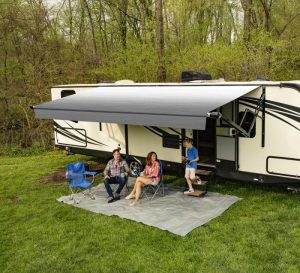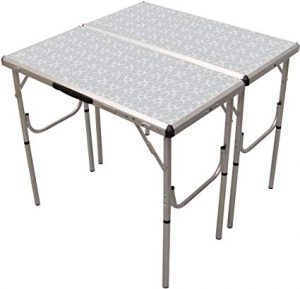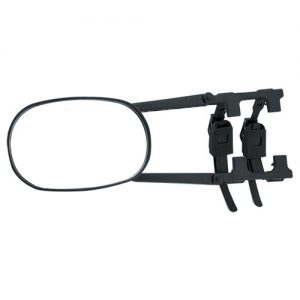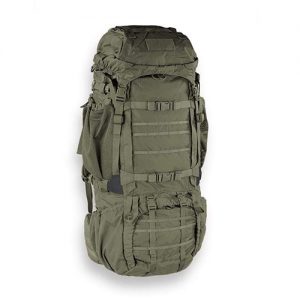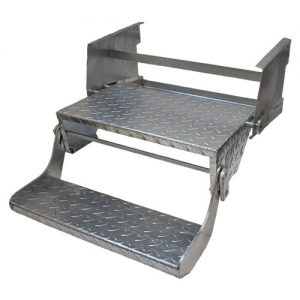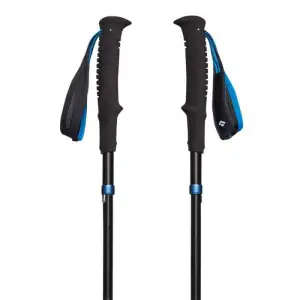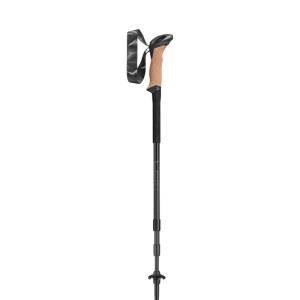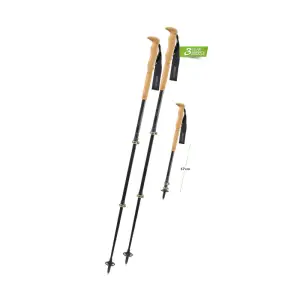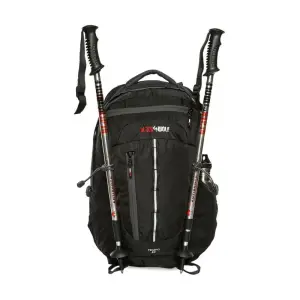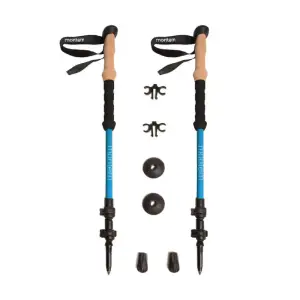Best Hydration Pack for Australia Reviews 2025
Best Hiking Poles for Australia [2023]
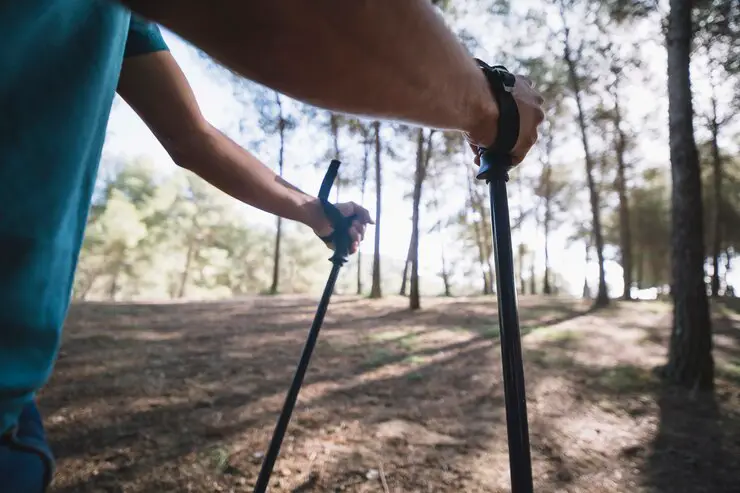
Embarking on a hiking journey is not just an exhilarating experience but also an opportunity to connect with nature and challenge oneself physically. As any seasoned hiker will attest, having the right gear can make all the difference, and when it comes to essential equipment, hiking poles are a game-changer. These trusty companions not only provide stability on uneven terrain but also reduce strain on your joints and muscles, allowing you to conquer trails with confidence and ease.
However, with the plethora of options available in the market, choosing the ideal hiking poles can be overwhelming, especially for newcomers to the hiking world. Fear not! In this comprehensive Buyer’s Guide, we will take you through a step-by-step journey of selecting the perfect hiking poles to suit your needs and preferences.
From the materials used and adjustability to grip options and additional features, we’ll break down each essential factor to consider so that you can make an informed decision. Whether you’re a seasoned adventurer seeking a reliable upgrade or a hiking enthusiast eager to embark on your first trek, this guide will equip you with the knowledge needed to find the hiking poles that will elevate your outdoor experiences to new heights.
Main things to Consider when choosing a hiking pole:
- Material
- Weight
- Adjustability
- Grip
- Straps
- Locking Mechanism
- Basket Size
- Tip Material
- Shock Absorption
- Collapsibility
- Price and Warranty
Based on our findings, we have selected 5 hiking poles that we find the best for the Australian hiking and camping enthusiast.
Our top 5 Hiking Poles for 2025
As of my last update in September 2023, the following five hiking poles were considered among the best options available in Australia:
- Black Diamond: Black Diamond is known for producing high-quality hiking poles with durable materials, comfortable grips, and reliable locking mechanisms. Look for their Z-Pole series, which offers collapsible poles perfect for backpacking and quick deployment.
- LEKI: LEKI is another renowned brand that offers a wide range of hiking poles. Their poles often feature ergonomic grips, adjustable lengths, and advanced locking systems. Their anti-shock technology can also reduce impact on your joints.
- Komperdell: Komperdell is a well-respected Austrian brand known for its innovative hiking poles. Look for their models with lightweight carbon or aluminum construction and user-friendly features.
- Black Wolf: Black Wolf is an Australian outdoor equipment brand that has gained popularity for its reliable hiking poles. Their poles are designed with a focus on durability, comfort, and functionality.
- Montem: Montem is a brand that gained recognition for offering budget-friendly hiking poles without compromising on quality. Their poles often have sturdy construction and useful features for various hiking terrains.
Please note that the availability and popularity of specific hiking poles may vary over time. To get the most up-to-date information and customer reviews, it’s recommended to visit online retailers, outdoor gear stores, or check for recent reviews from outdoor enthusiasts and experts.
What to look for: Hiking Pole Buyers Guide
As an outdoor enthusiast who loves hiking and touring, I understand the importance of having the right gear to enhance your experience and ensure safety during your adventures.
One essential tool that every hiker should consider investing in is a reliable set of hiking poles. These poles can significantly improve your stability, reduce strain on your body, and enhance your overall trekking performance.
However, choosing the right hiking poles can be a daunting task, given the multitude of options available in the market.
To help you make an informed decision, I have compiled a breakdown list of the key topics to consider when choosing hiking poles. From material and weight to grip and features, understanding these aspects will aid you in finding the perfect hiking poles that suit your specific needs and preferences. Let’s delve into the essential factors to keep in mind:
Material
Explore the various materials used in hiking poles, such as aluminum, carbon fiber, or composite materials. Each material has its advantages and disadvantages in terms of durability, weight, and cost.
Weight
Consider the weight of the hiking poles, as it directly impacts your comfort and endurance during long hikes. Lighter poles are generally preferable for extended excursions, but they may come at a higher cost.
Adjustability
Check if the hiking poles are adjustable in length. Adjustable poles allow you to customize their height based on the terrain and your height, offering versatility for different types of hikes.
Grip
Look for comfortable and ergonomic grips that provide a secure hold, even in wet or sweaty conditions. Common grip materials include foam, cork, and rubber.
Straps
Examine the wrist straps for padding and adjustability. Properly designed straps can reduce hand and wrist fatigue and improve overall control of the poles.
Locking Mechanism
Consider the type of locking mechanism used for adjustable poles. Popular options include twist locks and lever locks, each with its ease of use and reliability.
Basket Size
Check the size of the baskets at the bottom of the poles. Larger baskets are ideal for hiking in snow or loose terrain, while smaller ones are suitable for regular trails.
Tip Material
Look into the material of the pole tips. Carbide tips offer excellent traction, while rubber tips are gentler on surfaces like rocks and pavement.
Shock Absorption
Some hiking poles feature built-in shock absorption systems to reduce impact on your joints. Consider this feature if you plan to hike on rugged or uneven terrain.
Collapsibility
If you need poles that are easy to pack and transport, collapsible poles are a great option. These can be compacted into smaller sizes for convenience during travel.
Price and Warranty
Compare the prices of different hiking poles and factor in any warranties or customer support offered by the manufacturer.
Key Takeaways
By considering these important topics, you can make an informed decision when choosing hiking poles that perfectly complement your hiking style and preferences.
Whether you’re embarking on challenging mountain trails or leisurely walks through nature, the right set of hiking poles will undoubtedly enhance your outdoor experience. Happy hiking!
FAQs
Q: What are hiking poles, and why should I use them?
A: Hiking poles are lightweight, adjustable sticks designed to aid hikers during their treks. They offer numerous benefits, such as improved balance, reduced strain on joints, increased stability on challenging terrain, and the ability to provide support on ascents and descents.
Q: How do I choose the right length for my hiking poles?
A: To determine the ideal length, hold the pole with your arm bent at a 90-degree angle, making sure the pole tip rests on the ground. Adjust the length until your forearm is parallel to the ground. Most poles are adjustable, allowing you to customize their length based on the terrain and your height.
Q: Are hiking poles suitable for all types of hikes?
A: Yes, hiking poles are versatile and can enhance various hiking experiences. They are beneficial for steep climbs, descents, river crossings, uneven terrain, and long-distance treks. However, for leisurely walks on flat trails, you may choose not to use them.
Q: Which material is better for hiking poles: aluminum or carbon fiber?
A: Both materials have their advantages. Aluminum poles are more affordable, durable, and better suited for rugged terrains. Carbon fiber poles are lighter, reducing fatigue during long hikes. Consider your budget and hiking preferences when choosing between the two.
Q: How do I maintain and clean my hiking poles?
A: Regularly inspect your poles for any damage, such as bent sections or worn-out grips. Clean the poles with a damp cloth to remove dirt and mud. Avoid storing them in wet conditions to prevent corrosion and make sure to properly dry them after each use.
Q: Can I use hiking poles for other outdoor activities?
A: Yes, hiking poles can be beneficial for other activities such as trekking, backpacking, snowshoeing, and mountaineering. They provide valuable support and stability in various outdoor pursuits.
Q: Are hiking poles allowed on airplanes?
A: Hiking poles are generally allowed on airplanes, but they may need to be packed in checked luggage due to their pointy tips. Be sure to check with your airline’s specific regulations regarding hiking poles and outdoor gear.
Q: Do hiking poles come with warranties?
A: Many reputable hiking pole brands offer warranties that cover manufacturing defects and failures. Check the manufacturer’s warranty policy before purchasing for added peace of mind.
Q: How do I store my hiking poles when not in use?
A: Store your hiking poles in a cool, dry place away from direct sunlight. If they are collapsible, make sure they are fully retracted to prevent unnecessary wear on the locking mechanisms.
Q: Can I hike without using hiking poles?
A: Yes, hiking poles are not mandatory, and some hikers prefer not to use them. The decision to use hiking poles ultimately depends on your personal preference, the type of terrain you’ll be encountering, and any specific physical needs you may have.
Remember, while hiking poles can greatly enhance your hiking experience, the best hiking equipment is the one that suits your individual needs and comfort during your outdoor adventures.
Bryan Bonifacio
More Great Camping Gear and Products
Sign up for our Newsletter
Get the latest bird and wildlife hints and tips delivered to your inbox.

